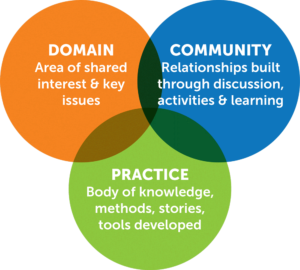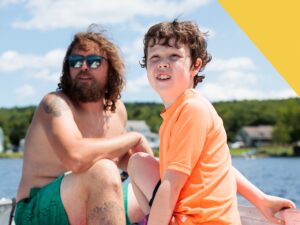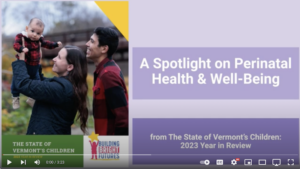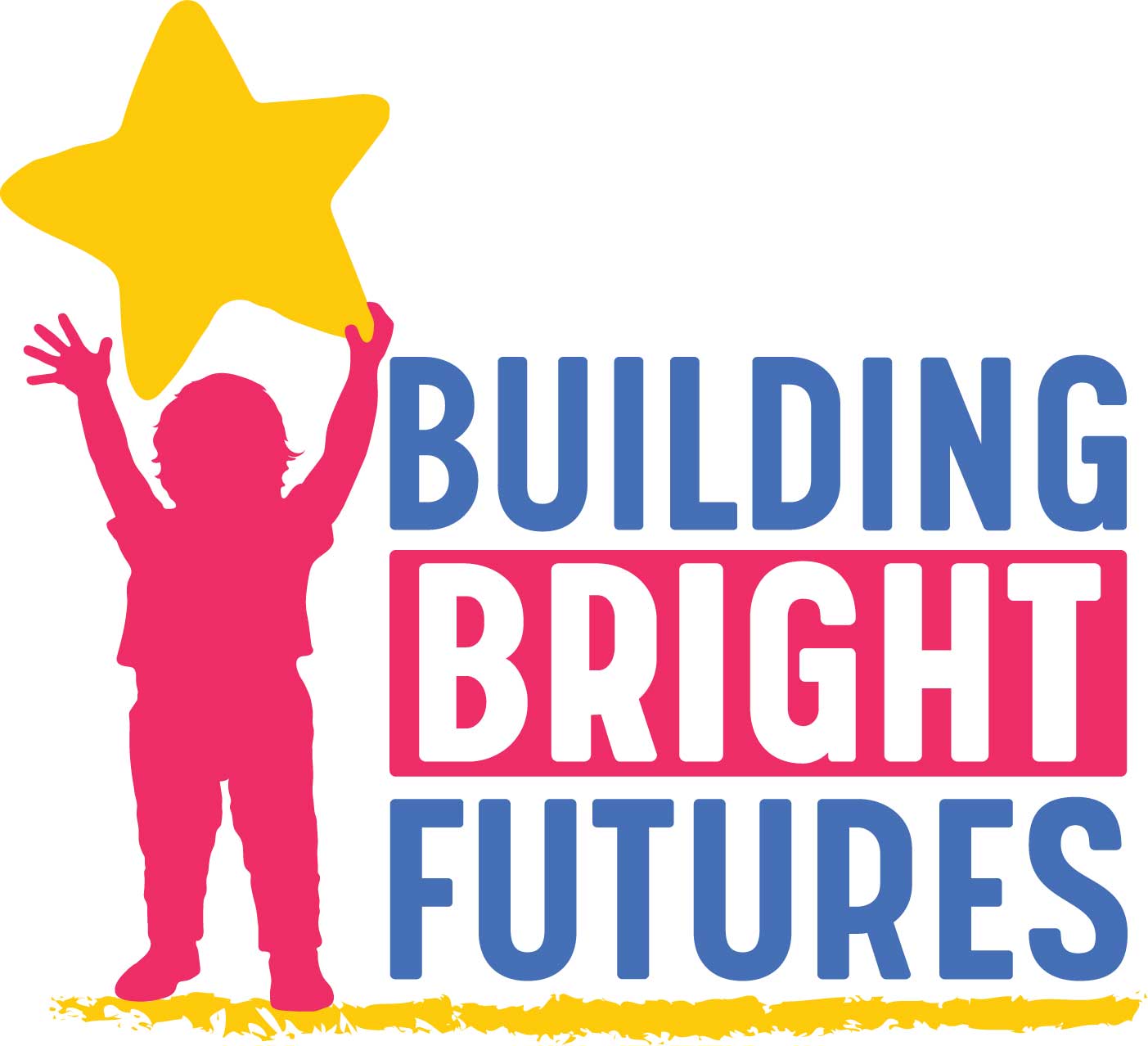Building Bright Futures believes that the severity and complexity of impact that substance use disorders are having on children and families and our community is significant, and requires a continuum of care and services that include promotion, prevention, treatment and recovery. Working to integrate our care and treatment across children’s and adults’ services and programs and promoting a full continuum of prevention and treatment is critical.
No single person or approach is going to solve this complex problem. With the help of a Collective Impact planning grant from The University of Vermont Medical Center’s Community Health Investment Committee, Building Bright Futures was able to create the Substance Use Disorder Community of Practice Planning group in Chittenden County.
We started this project last year by pulling together a group of partners to explore the following ideas:
- Seamless coordination of services for children and families impacted by substance use disorder.
- Creating opportunities to form partnerships that improve coordination, collaboration, and bridge systems to provide better support to children and families impacted by substance use disorder.
- Identify gaps in funding where some resources would make a big difference for practitioners to better serve children and parents impacted by substance use disorder.
To help frame the conversations, we used a Community of Practice (CoP) concept. Communities are not a new phenomenon, as this type of learning has been around as long as people have been learning and sharing their experiences through storytelling. CoPs can briefly be defined as a group of individuals who share a common concern. The goal of individuals participating in a CoP is to deepen their learning in a process of collective learning. To cultivate a CoP, you need to establish your Domain, Practice, and Community.

This graphic is from from http://frailtyicare.org.uk/making-it-happen/community-of-practice/
To help define ourselves and establish our domain, we titled our group, “A Community of Practice: Bending the Curve to Improve Service Delivery for all Children and Families Impacted by Substance Use Disorder.” The meetings allowed time and space for community partners to gather and participate in the reflective process of coming together to build and strengthen relationships and peer accountability across all systems, organizations, sectors, and partners.
To give you a sense of what our learning entailed, our Community of Practice meeting topics were as follows:
Meeting #1 – Review and reflect on BBF’s Substance Abuse Task Force Report and begin to identify where gaps exist for families in current delivery systems;
Meeting #2 – Further explore gaps and systemic barriers to changing practice by discussing what services exist, the role of coordinating across sectors, and how we identify training needs of childcare providers and those working directly with families;
Meeting #3 – Share and reflect on best practices to deepen our practice in collaboration and collective impact to improve our ability to make lasting change for children and families;
Meeting #4 – Begin to strategize about the needs of the families in our community, including identifying opportunities for relationship building across practitioners to improve referrals, dissipate myths and fears;
Meeting #5 – Develop and draft promising strategies including opportunities for funding during an implementation phase.
Throughout out meetings, we allowed ample time to learn and develop our group patience for the process of system change work. The CoP framework allowed us to formally engage in reflective practices guided by the BBF Substance Abuse Task Force report. We worked together to identify where gaps exist for families in current delivery systems and systemic barriers to changing practice and we developed promising strategies including opportunities for funding during an implementation phase.
Our group quickly discovered that building an infrastructure of collaboration is key to moving the dial to improve interagency work and information sharing. There was significant learning, even among veteran service providers, about what others do and how they can build a stronger alliance in support of families. Together we deepened our practice in collaboration and collective impact, which will be key to improving our ability to make lasting change for children and families.
After these five meetings, we upheld our shared value of capturing the voice of families in our work by holding two stakeholder engagement groups that brought together parents and family members with lived experience with substance abuse. The families openly responded to the strategies and gaps that our CoP identified and helped to fine tune and prioritize them in way that was meaningful and reflected the true needs of the community.
Collective Impact framework tells us that implementation and system building takes time. We acknowledge that this work is intended to be slow, but believe that the power of a collaborative approach will get us to a successful implementation phase. We envision the continuation of our collaborative relationships through the development of an ongoing communication network that is grounded in trust, adheres to our shared values, focuses on our common goals, speaks a common language, respects each other, and has a commitment and desire to continue to learn together and improve the service delivery for all children and families impacted by substance use disorder in Chittenden County.






